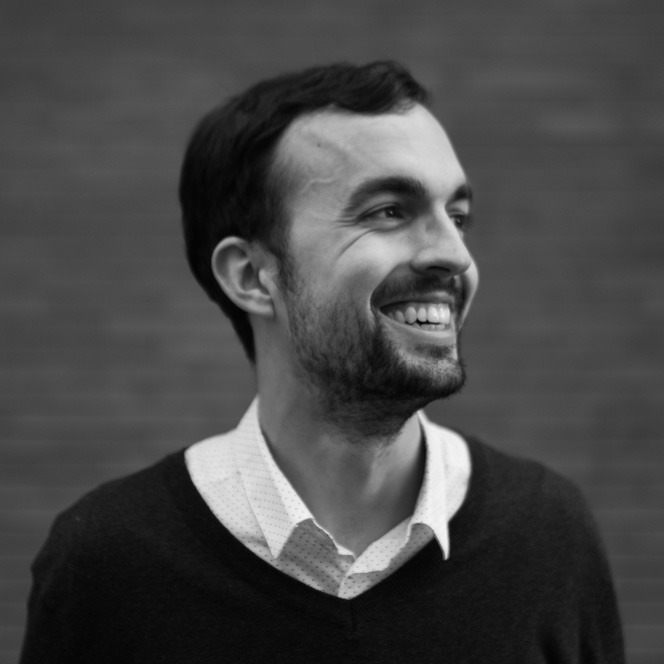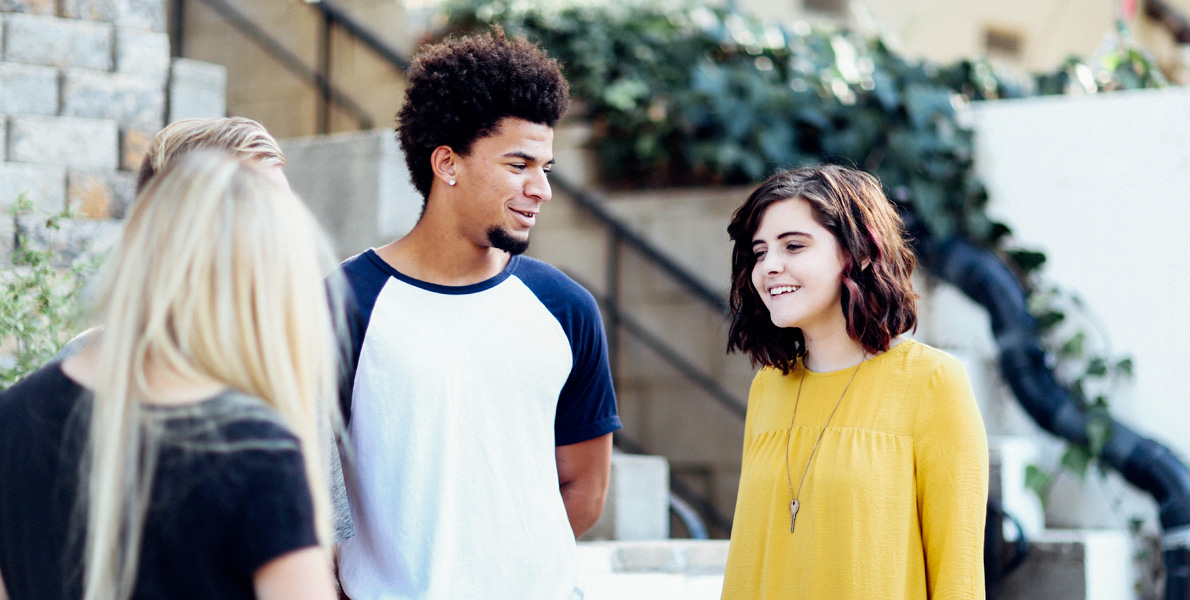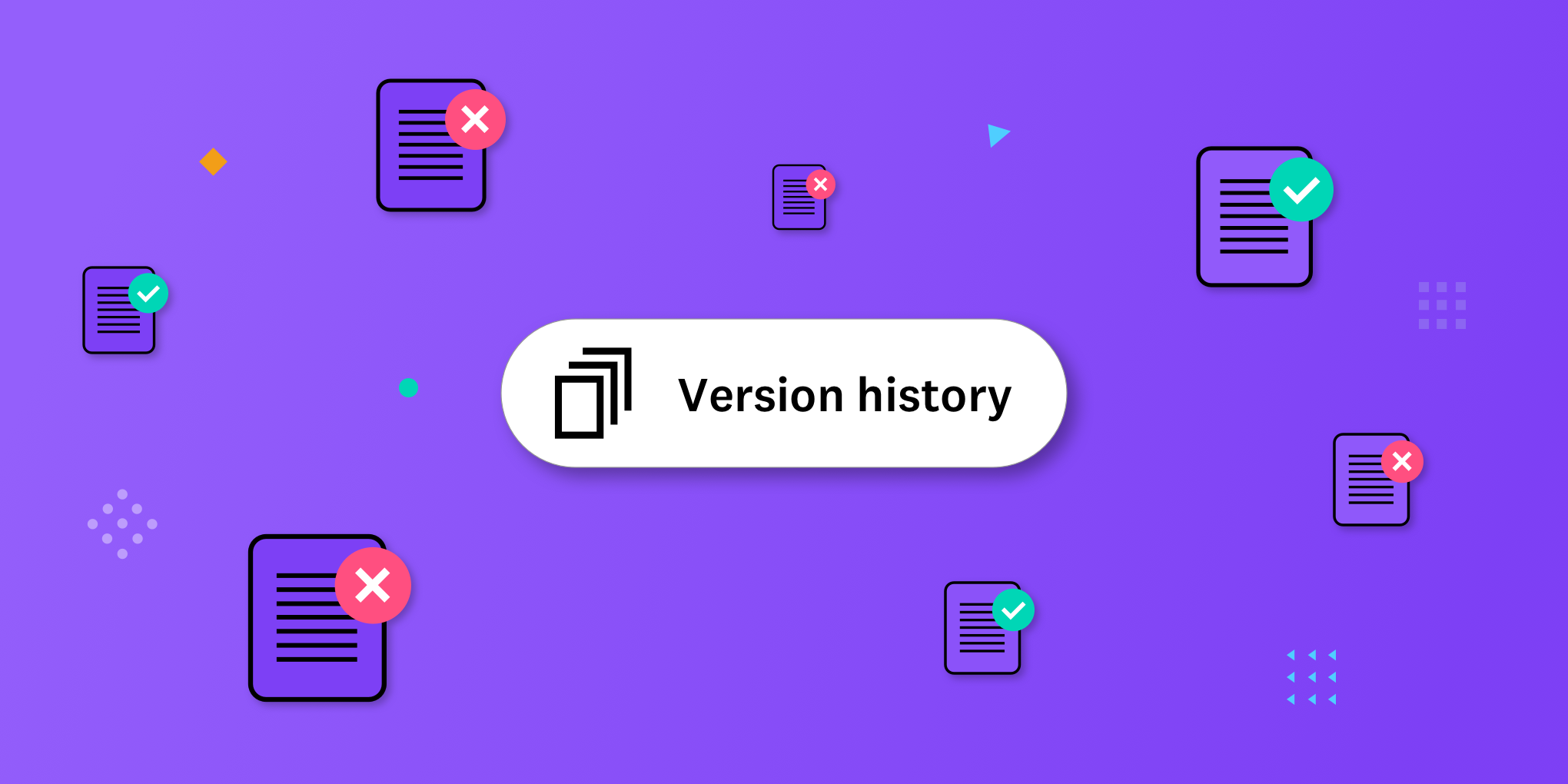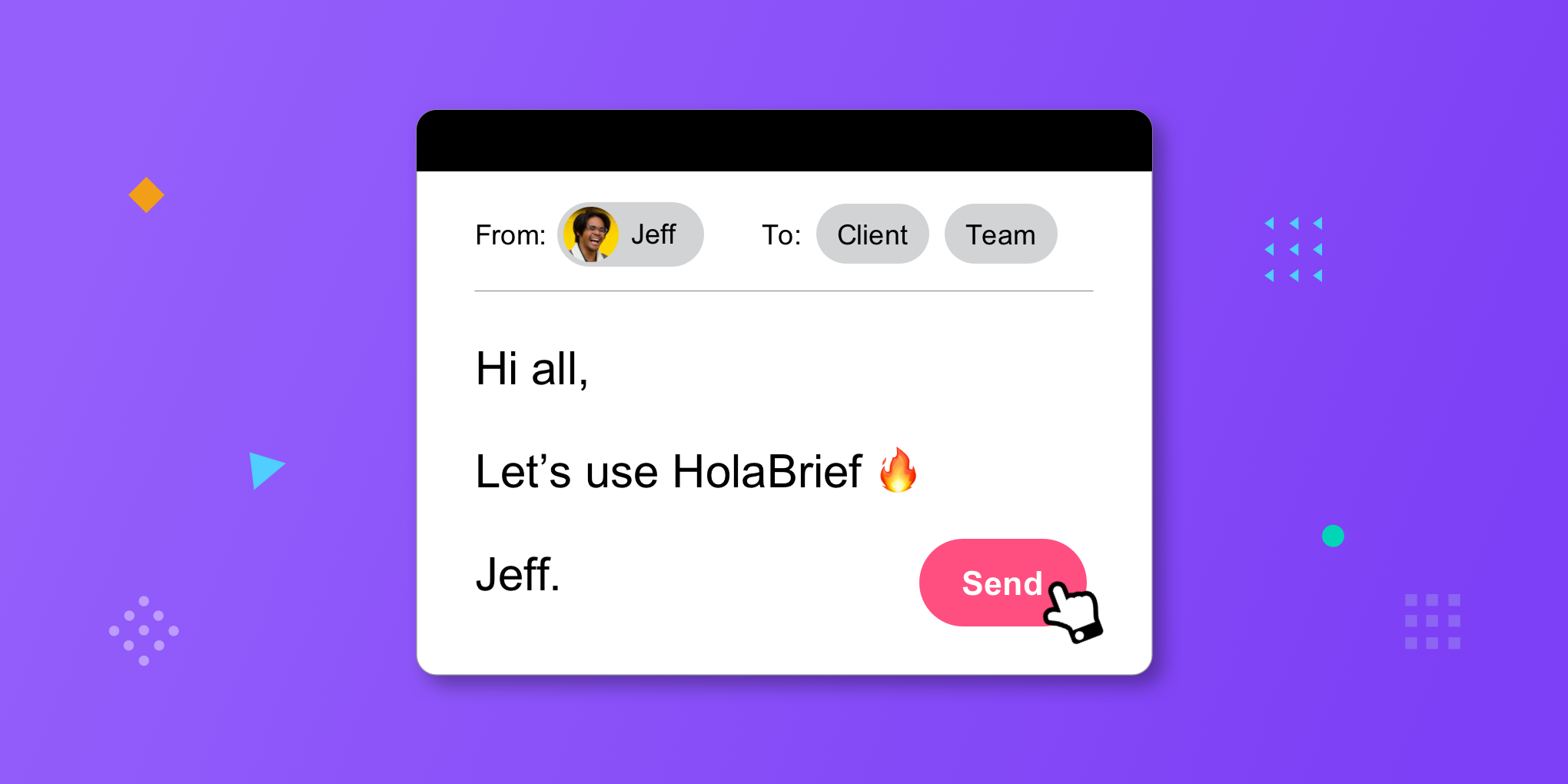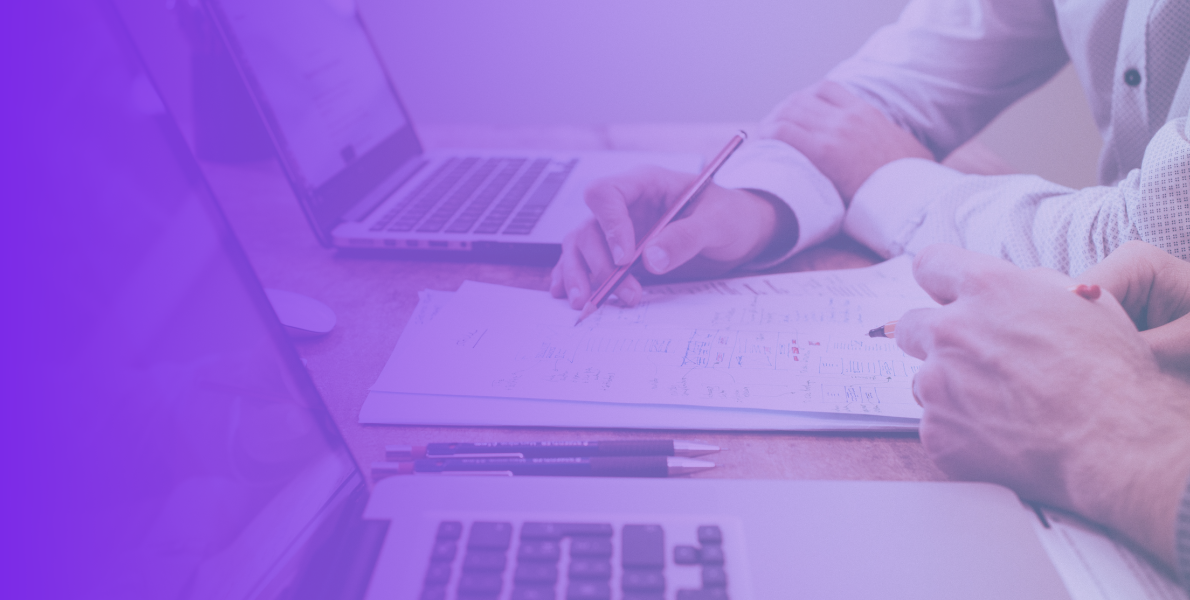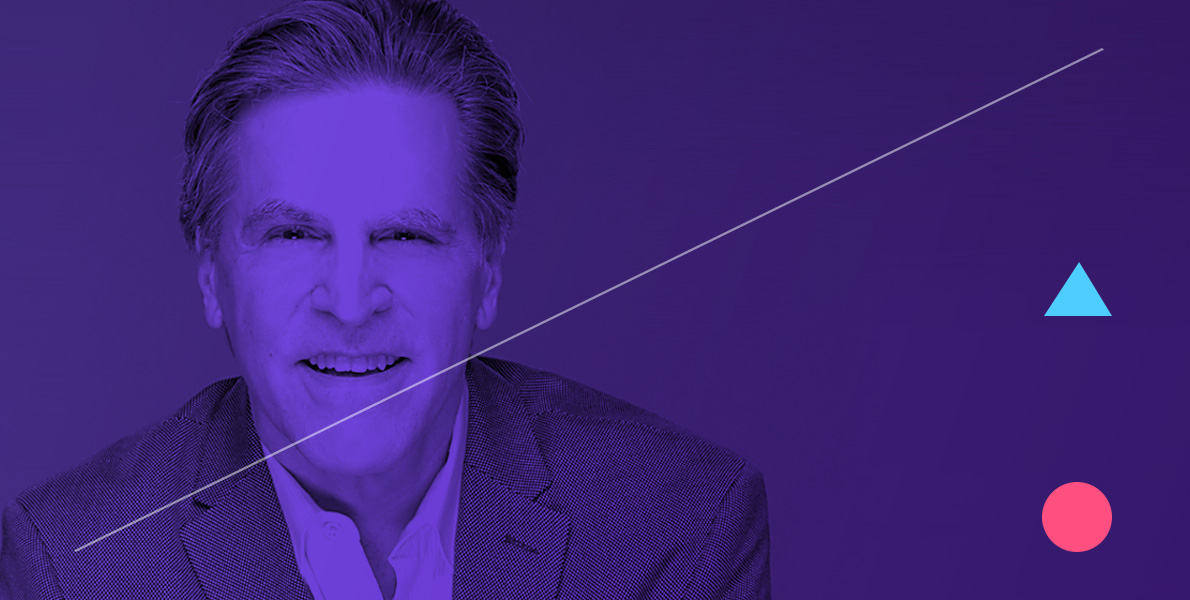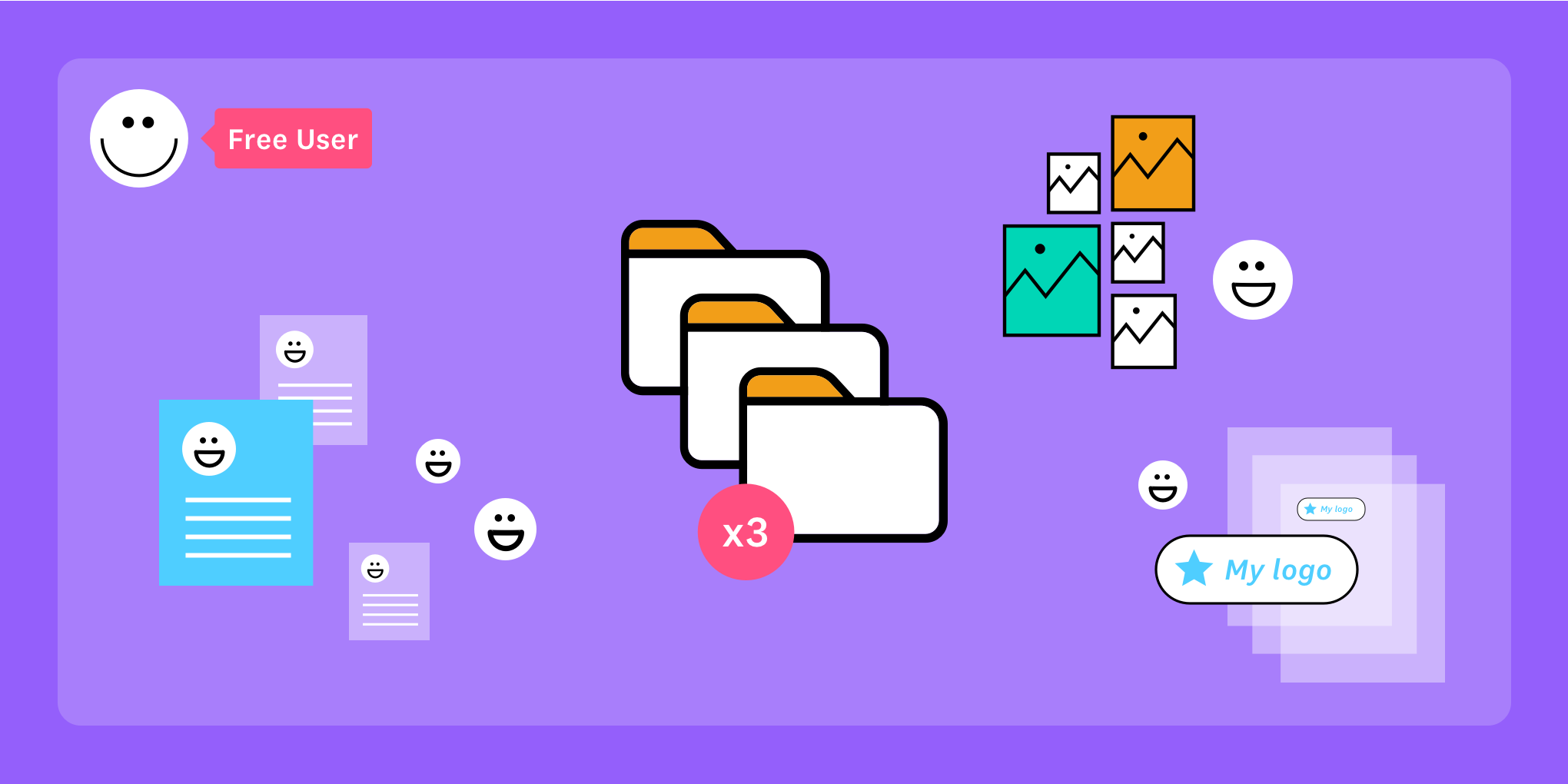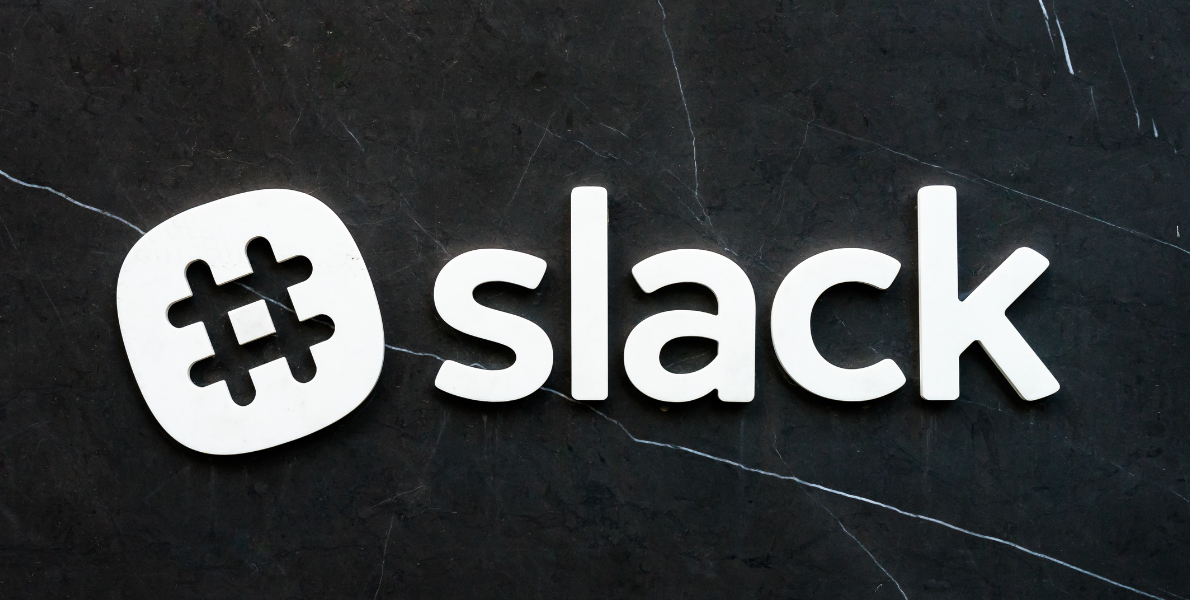How many of you have ever turned in a final deliverable to a client only to have them say that that wasn’t what they wanted? The reasons as to why we miss the mark often vary, but more often than not, it typically boils down to us skipping research and opening our design program of choice right away.
What is a discovery phase in UX and design
In any UX project, the briefing phase is referred to as the discovery phase. It is an important part of the process and really sets the stage for what it is to come. No matter if it's done in a workshop, a Zoom meeting, or sent by email, this step - if done right -will set you and your team up for success. In particular it involves activities such as:
- Defining the problem: Set expectations and avoid last minute changes.
- Dig deeper into the real problem of the project: Ask the right rational and inspirational questions.
- See the bigger picture: Find opportunities to differentiate from the competition.
- Know the audience: Gain clarity about the audience you are creating for when setting up User Personas.
Doing a discovery or briefing with your client might often feel like a delay when not communicated clearly what the outcome will be.
So why don't you consider offering it to your client as a clearly defined stage in the design process with a fixed price and a clear outcome or a set of deliverables?
This gives you and the client the chance to split ways if it turns out you're not a match and you still gave them a valuable outcome. However, if it turns out you are a match made in heaven, then this briefing phase sets the tone for a successful outcome.
In order to be on the same page with your client from the very start and to avoid any disappointment, we recommend asking the following 8 questions during the discovery phase:
Who is the user?
In our opinion, this is the most important question that you need to ask your client and it should be asked first in order to set up solid User Personas. Try to have them be as detailed as possible. What do their users like to do? How old are they? Are they tech-savvy? Pay close attention to the language that the client uses as they explain their understanding of who the user is and if needed, ask them any clarifying questions. If they don’t have a very clear definition of who their user or users are at this point, it is fine, more detailed user research will come later. Also,
don’t take everything the client says about the user to be truth.
Even though they may have the purest of intentions, they could be telling you facts based on personal experiences and hypotheses.
What are the goals of this project and how are we going to measure success?
How did this project come about in the first place? Did your client detect a certain problem and therefore is soliciting your help to create a product or service to resolve the said problem? What goals does the company have and how will this particular project help achieve them? How will we measure success? Will it be based on X% increase in user sign-ups? More time spent on a particular page? Determine these metrics now and be sure to measure against them throughout the rest of the process.
What is/are the deliverable(s)?
What does your client want at the end of the project? A PowerPoint presentation, a detailed report, a simple phone call? Be sure to ask them upfront what they expect from you in terms of deliverables and also, how they plan to use them. Also, now is the time to agree on the specifics (length of report, sections to include, page count, etc.), not right when you are about to send it over.
Do you anticipate your goals changing at all?
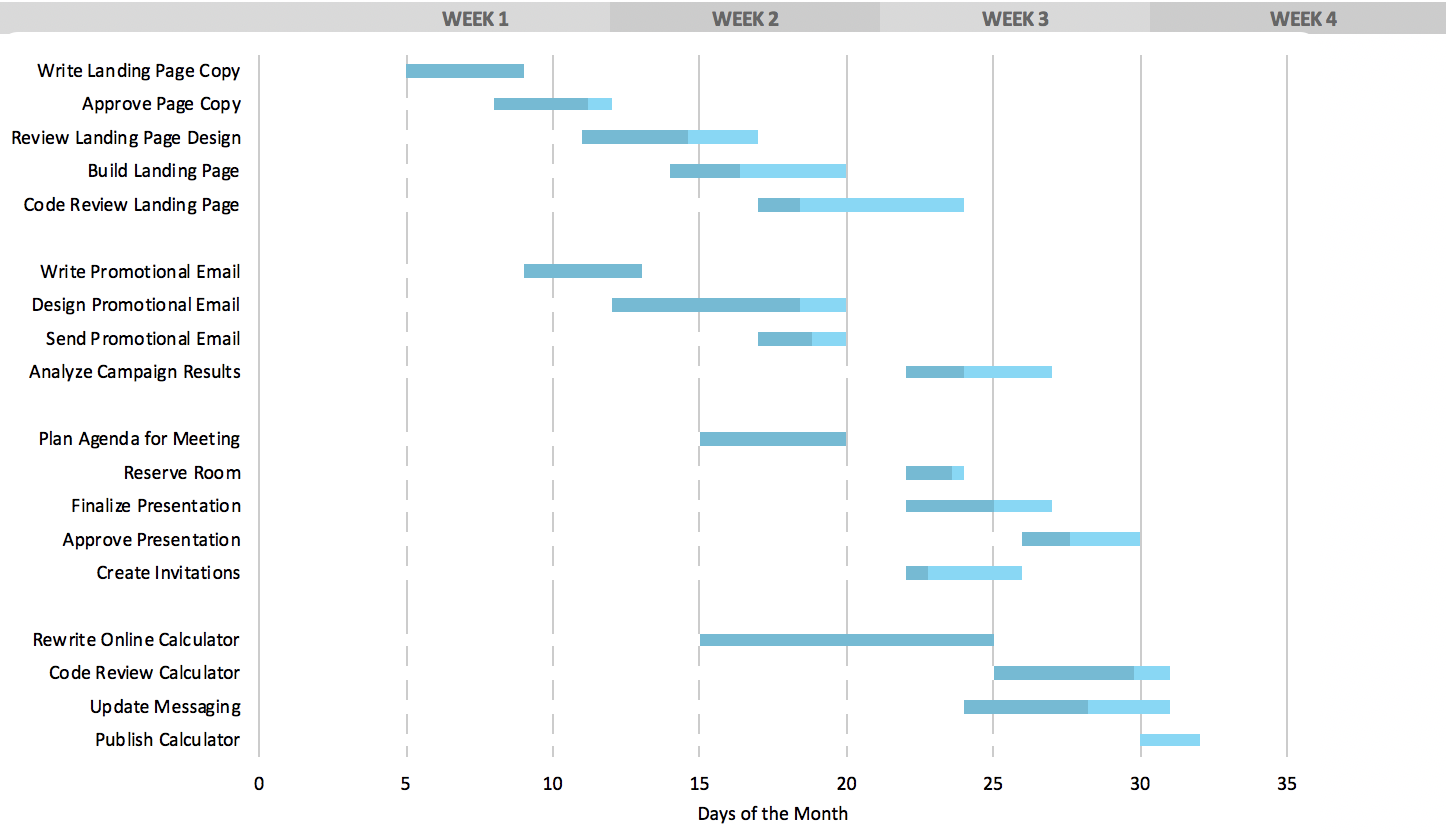
Source
How many of ever used a Gantt chart? How many of you have been able to stick exactly to the deadlines that you initially established for a project? Life is full of curveballs and timelines are constantly shifting. I have had several clients change their minds last minute about their product offering and wanting to remove key features.
We may not be able to predict the future, but if our client is aware of some factors that could affect the timing and the goals, it will help you to prepare accordingly.
Are there any limits that we need to work within?
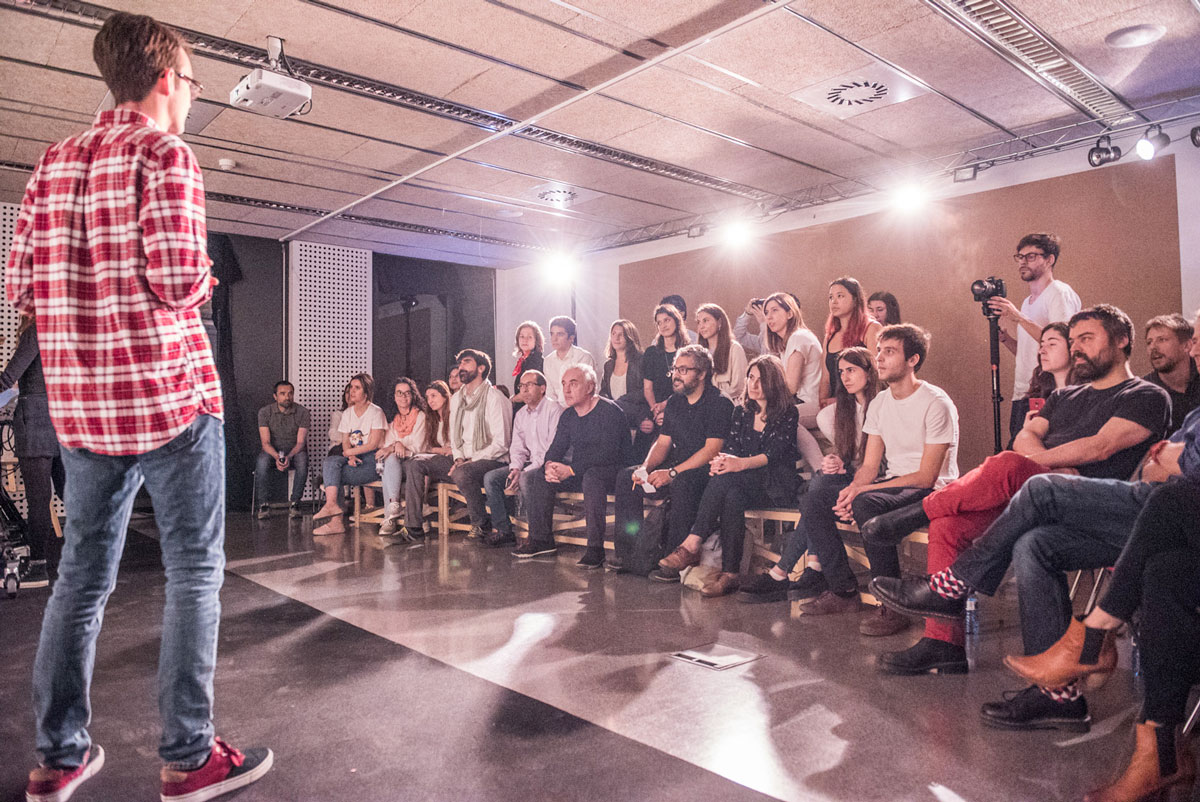
A few years ago, I had the opportunity to work on a project for famous Spanish chef, Ferran Adrià. The creative brief he gave us was to create a place where both everything and nothing could happen. Even though the challenge was quite vague, it was still a very interesting one. We started to come up with beautiful ideas, but we shortly found out that the Cap de Creus (where his land is) doesn’t allow for any construction because it is a national park. If we would have known this ahead of time, it would have helped us streamline the process and be more effective in our approach.
Ask your client if there are any budget, creative, technical restraints that could prevent your team from achieving the established goals and being successful.
Who are the stakeholders involved?
Who are all the key decision-makers in this project? How many people will be involved and what are their roles? Who is the main point of contact? Communicate to your client the key players on your side. Once both parties have a clear understanding of who’s who, it is also important to discuss and set expectations when it comes to communication. How do they prefer to keep in touch? Slack? Email? Phone? In-person meeting? How often would they like to receive updates?
Is there content that already exists or do we need to create it?
If the project involves some type of data or content of any sort, it is important to understand what has been already done. The purpose of this question isn’t so that you can skip corners and do less work, but rather, allows you to avoid reinventing the wheel and prioritize your time on what matters most.
What has been your experience in working with freelancers, design studios, agencies?
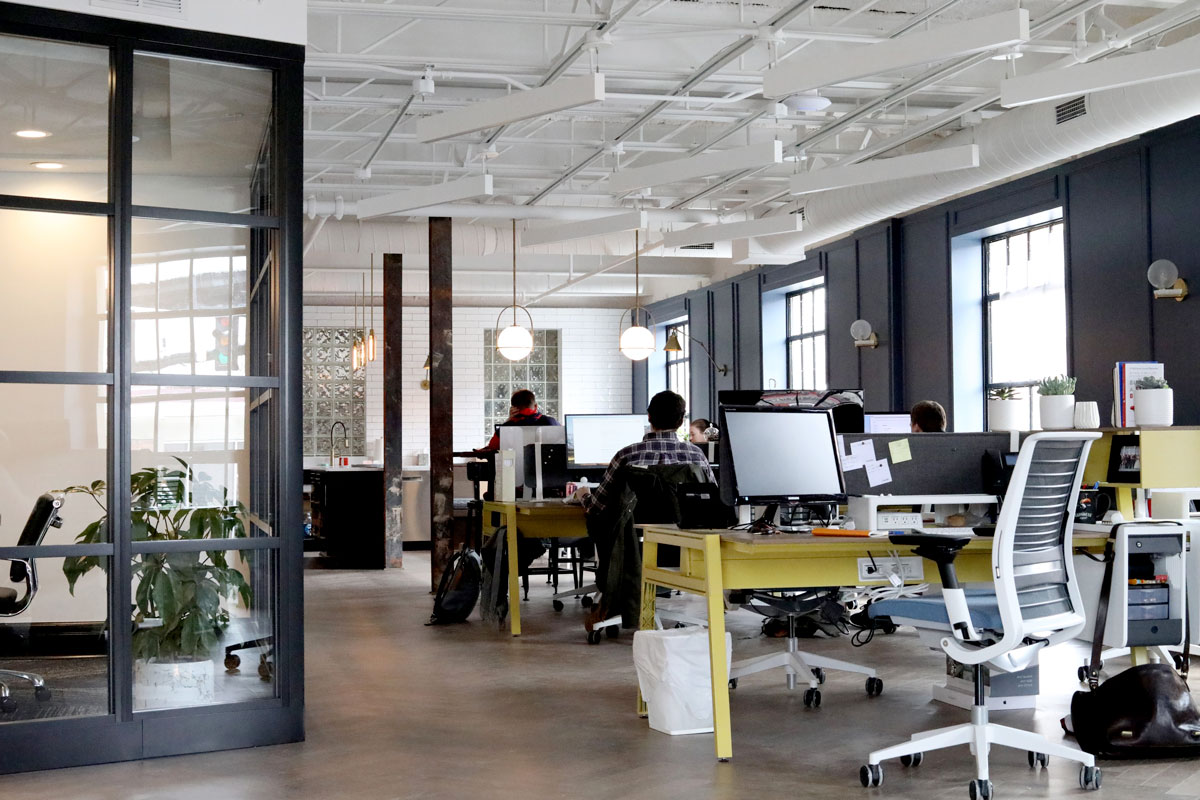
This may not be the most important question in this article, but we feel it often leads to some interesting insights. Before you start the project, especially if this is your first engagement with the client, we have found that it is always helpful to understand what their previous experience has been with freelancers/creative studios/agencies. Have they had bad experiences in the past? If so, what happened? How can we address their concerns and build trust with them from the very beginning?
Closing thoughts
The discovery phase is by far the most important phase in the entire UX process.
It's up to us creatives to educate our clients on the importance of doing the research, before moving pixels up and down. So make sure to get paid to think and to carry out a briefing phase as part of your design process.
Make sure you gather the information in a solid UX creative brief, with the help of HolaBrief. I know that if you take the time to ask the right questions, and don’t skip the necessary research that needs to be done before one starts designing, you will deliver results that will not disappoint and finally, get paid to think!
